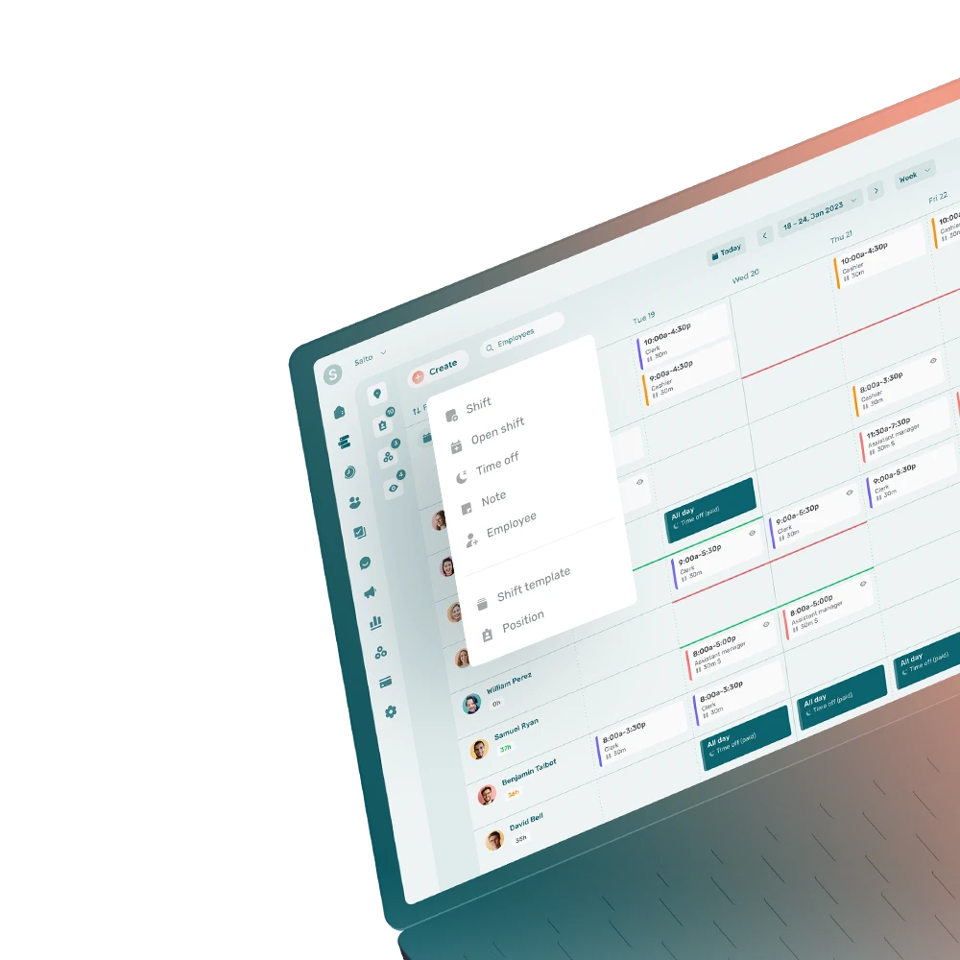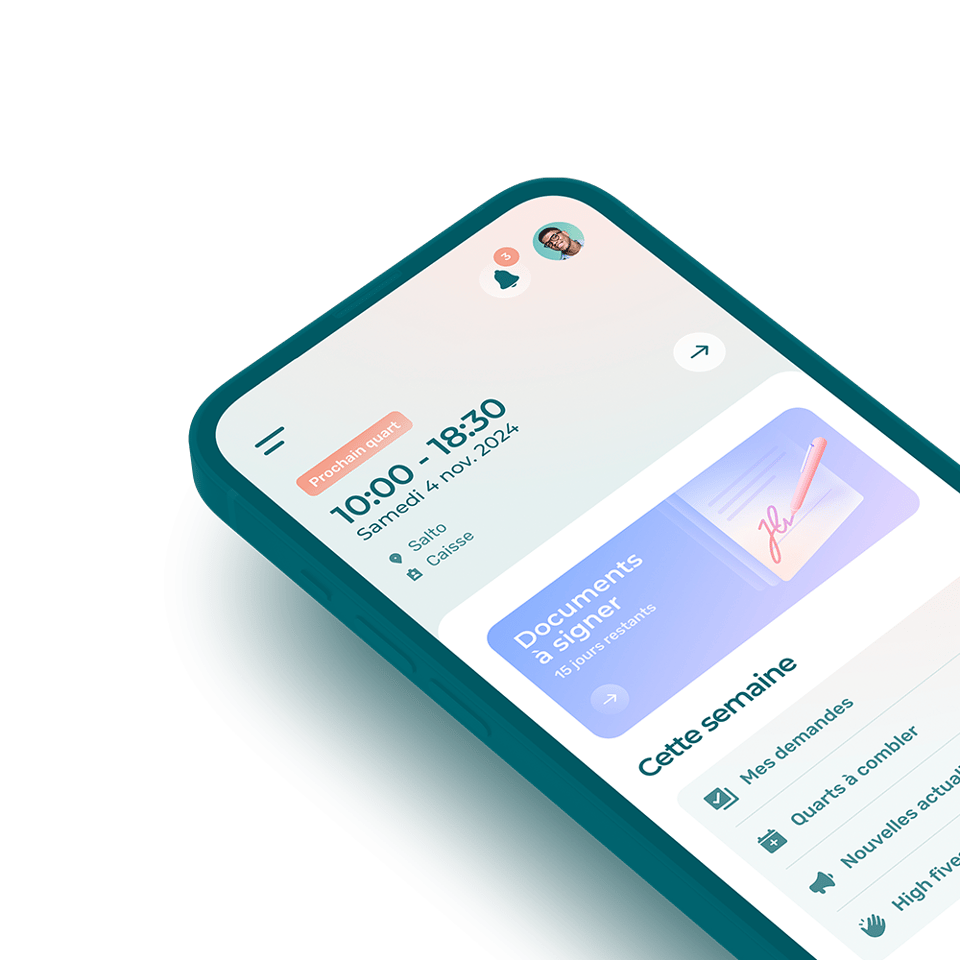Injunctive relief, also known as injunction relief or injunction, refers to a court order that prohibits or forces a person or an organization to take a certain action.
What Are Different Types of Injunctive Reliefs?
The types of injunctive reliefs include:
- Mandatory injunction: to force someone to take action
- Prohibitory injunction: to prohibit someone to take action
- Permanent injunction: do not have a set duration, often decided at the end of a trial
- Preliminary or temporary injunction: to prevent further damages while the question is debated in the court, often used before a trial
- Temporary restraining orders: only last for a short period of time
What Are Examples of Injunctive Relief?
Examples of injunctive relief include:
- Preliminary injunction to prevent a construction company from demolishing a building
- Injunction to prevent creditors from collecting their debt in case of a bankruptcy
- Injunction to prevent the sale of a company
What Is the Objective of an Injunctive Relief?
The objective of an injunctive relief is to prevent or limit actions that could cause irreparable damages. Courts often use injunctive relief when monetary compensation is not sufficient to compensate possible damages to a person or an entity.
Injunctive reliefs are used to prevent further wrong. They are only used in extreme circumstances.
What Type of Situation Might Require an Injunctive Relief?
Situations that might require an injunctive relief include:
- Infringement of intellectual property
- Clients theft
- Bankruptcy
- Breach of contract




